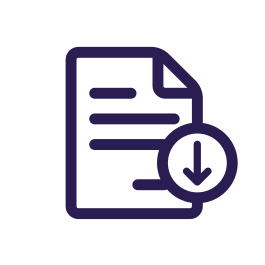1. Getting started with Financial Statement Analysis
1.1 Introduction
1.2 What is Financial Statement Analysis?
1.3 What are the different Financial Statements?
2. Understanding Annual Report – Important Terms & Concepts
2.1 Data Subscription Services
2.2 Different Parts of Annual Reports
2.3 Standalone vs Consolidated Financial Statements
2.4 Auditor’s Report
2.5 Accounting Policies
2.6 Operating vs Non-Operating Items
2.7 Understanding Float
2.8 Reverse Float
2.9 Understanding Fixed Assets
2.10 Understanding Intangible Assets
2.12 Major Business Segments
2.12 Employee Benefit Expenses
3. Common-size Analysis and cash flow Analysis
3.1 Introduction to Analysis
3.2 Common Size Analysis
3.3 Cash Flow Statement Analysis
3.4 Cash flow from Investing Activities
3.5 Cash flow from Financing Activities
4. Analysis of Balance Sheet – Working Capital & Short-Term Items
4.1 Operating Working Capital
4.2 Financial/Non-Operating Working Capital
5. Analysis of Balance Sheet – Long term Assets
5.1 Operating Assets and Non Operating Assets
5.2 Fixed Assets
5.3 Fixed Assets – CAPEX
5.4 Intangible Assets
5.5 Capital Work in Progress
5.6 Long Term Investments
5.7 Other Non Current Assets
6. Long Term Borrowings
6.1 Long Term Borrowings
6.2 Long Term Provisions
6.3 Other Long Term Liabilities
6.4 Equity
6.5 Return On Equity (ROE) Analysis
6.6 Reserves and Surplus
7. Analysis of Income Statement – Revenue and Expenses
7.1 Revenue Growth
7.2 Operating Asset Turnover Ratio
7.3 Cost of Goods Sold
7.4 Employee Benefit Expenses
7.5 Depreciation and Amortization
7.6 Other Operating Expenses
7.7 Non-Operating Expenses
7.8 Exceptional Items
7.9 Margin and Growth Rates
7.10 Taxes
8. Analysis of Other Critical Sections
8.1 ESOPs
8.2 Leases
8.3 Forwards/Derivatives
8.4 Related Party Transactions
8.5 Consolidation – Subsidiaries, Associates and JVs
8.6 Segmental Analysis
8.7 Discontinued Operations
8.8 Conclusion
8.9 Adding Sector – Specific KPIs
9. Identifying Red Flags in Financial Reports
9.1 Identifying Red Flags in Financial Reports
9.2 Practice, Patience and Persistence

 Hurry up! This offer ends in
Hurry up! This offer ends in Hurry up!
Hurry up! 





